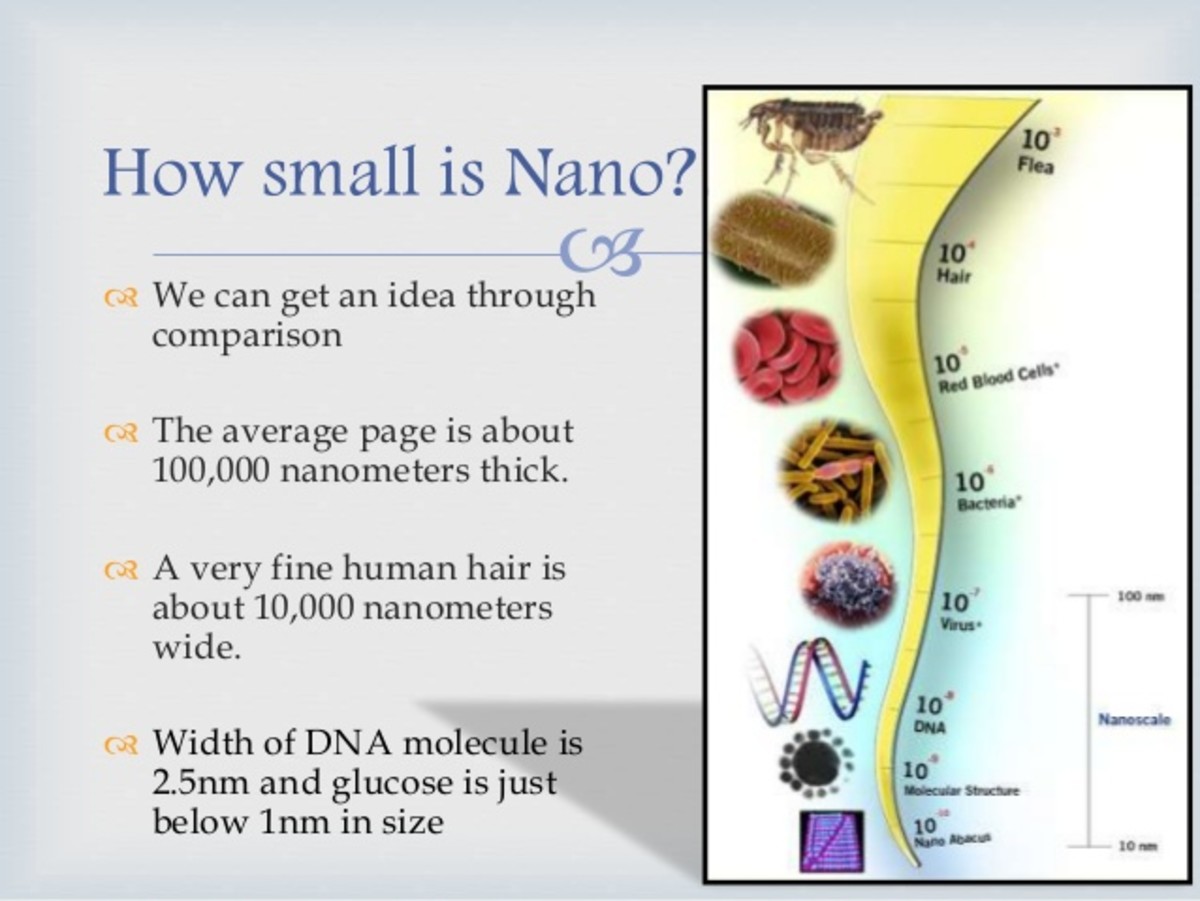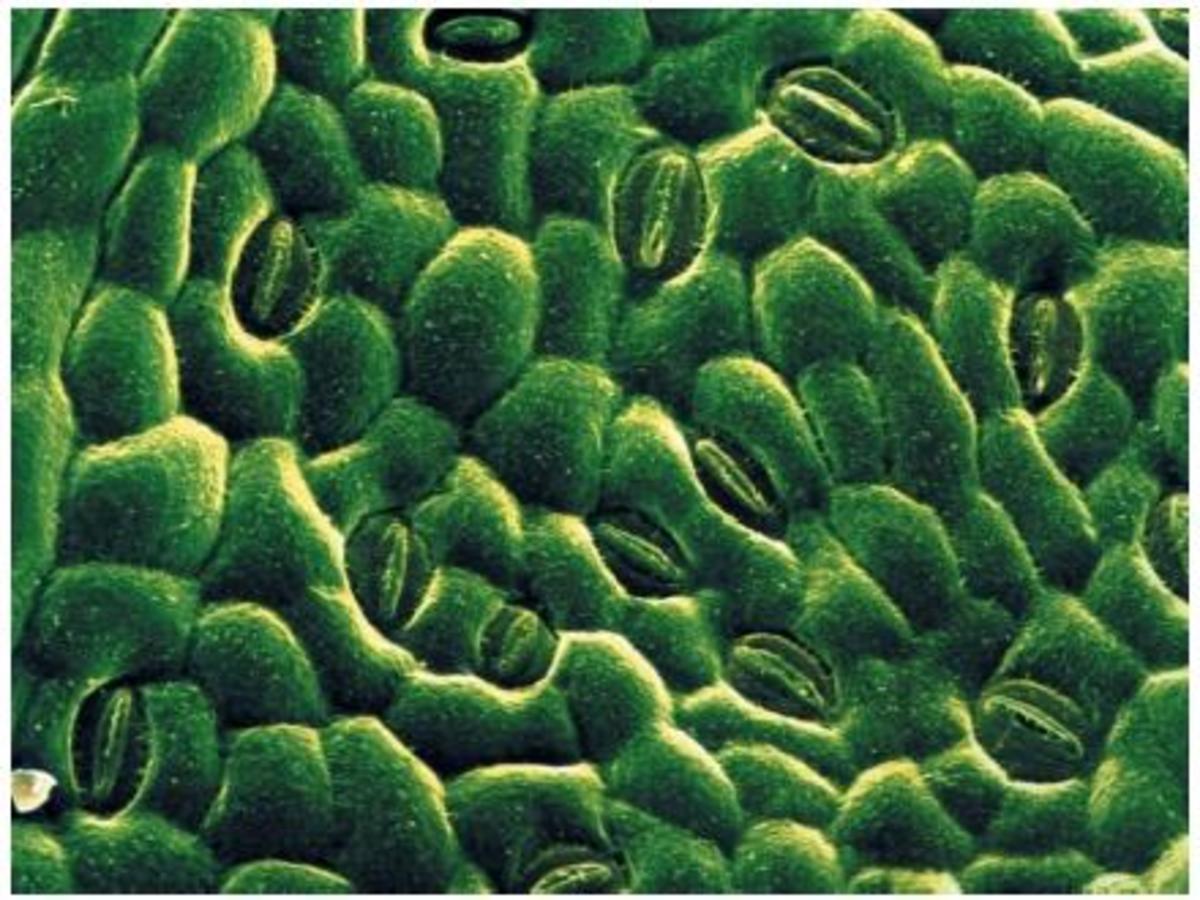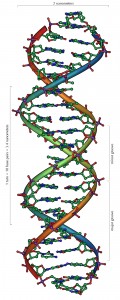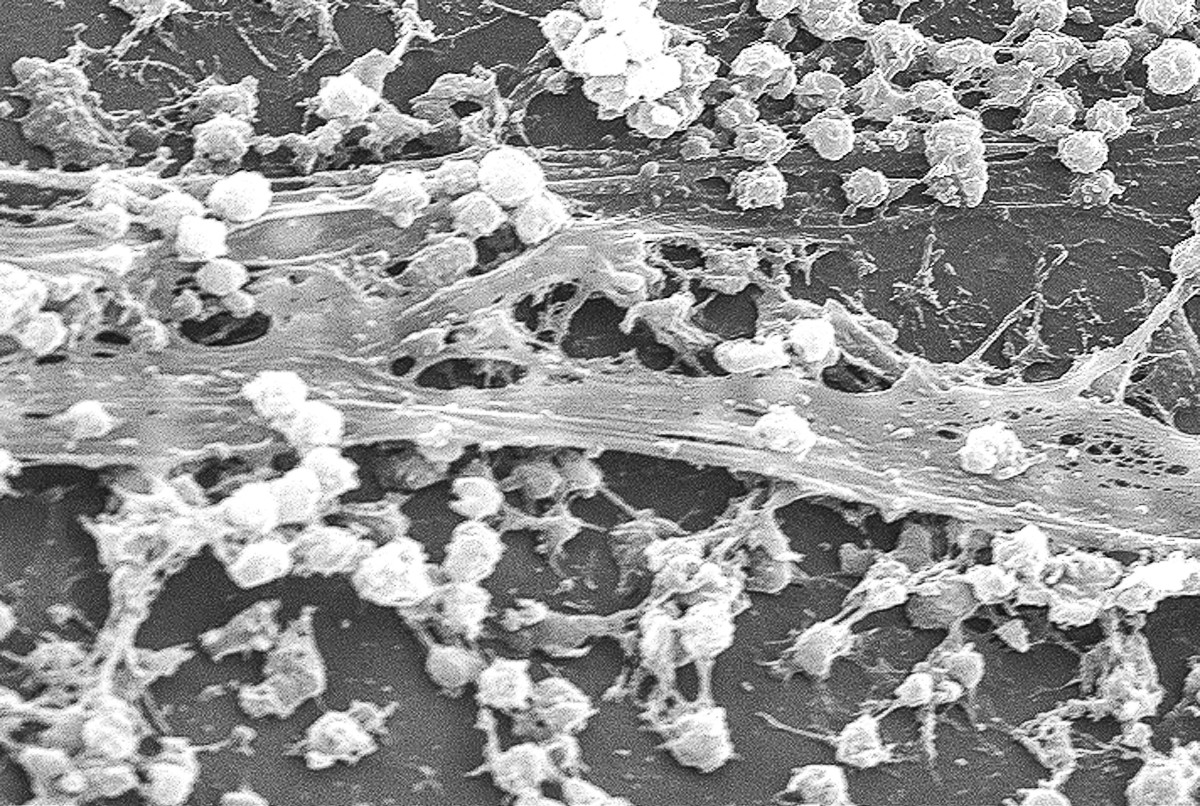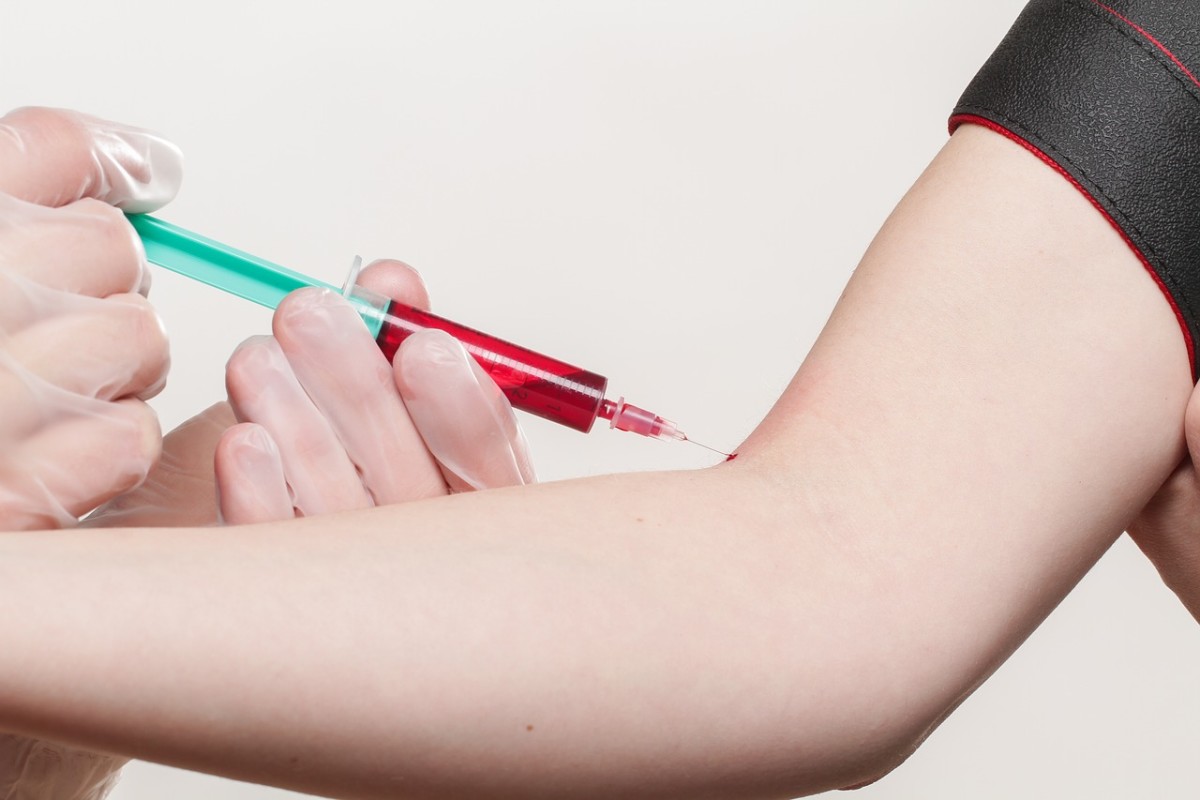A Glimpse Into the Future of Medicine: DNA robots to fight cancer and other diseases
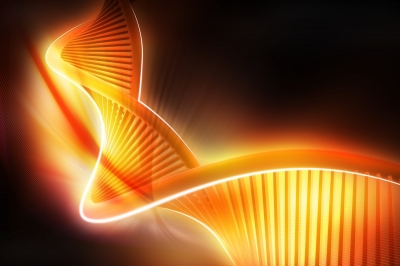
Copyright 2012 - Kris Heeter, Ph.D.
Add DNA to the latest list of molecules joining nanotechnology as a potential disease- and cancer-fighting tool. DNA nanotechnology is being intensely looked at for its potential to deliver drugs and molecules to cells in the body.
Why? DNA is both biodegradable and biocompatible, making it a strong candidate for delivering molecules to be targeted areas or cells of the body.
So far, it’s been explored from a number of different design perspectives:
- DNA robotic spiders that walk to the targeted area to deliver cargo
- DNA tweezers that open and close to grab and release cargo
- DNA clams, a hexagonal barrel with hinges at the bottom of the barrel that allows the clam to open and close to release therapeutic molecules
As with other nanoparticles, these little guys are around 35-50 nanometers in diameter and it is estimated that billions, if not trillions, of DNA nanobot copies would be required to do the job.
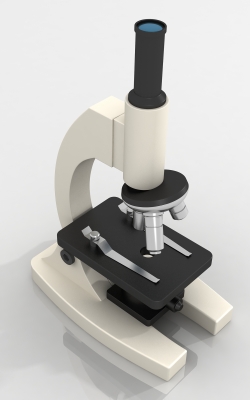
DNA Robots Used to Treat Cancer in a Dish
In a recent published scientific article, Shawn Douglas and colleagues at the Wyss Institute for Biologically Inspired Engineering at Harvard University presented evidence that DNA nanorobots could obliterate lymphoma and leukemia cells in a Petri dish while still leaving healthy cells intact.
They were able to load the tiny robots with antibodies that could trigger a “kill” switch on the surface of leukemia cells. Upon delivery of the antibodies to the surface of the leukemia cells, the tumor cells were able to self-destruct. The antibodies were targeted to surface molecules found only on the leukemia cells. These molecules were not present on surrounding healthy cells so the nanobots left the healthy cells alone.
Although these DNA nanorobots have now been shown to work in vitro (outside the body, in tissue culture cells), they have yet to be redesigned to traverse the human body to target in vivo tumors.
Ultimately the hope is that these tiny devices will be modified to go the distance. Douglas and colleagues are looking towards the next step: testing in animal models. If such modifications are successful, we could one day see DNA robots going through clinical trials as a novel treatment for some types of cancer.
Nanorobots Proposed in 2006 to Treat Neruological Diseases by 2010 and Beyond
Additional Related Articles
Just click on the title to learn more...
Engineered Nanoparticles in Food
A review on how engineered nanoparticles in consumer products, especially food, are unregulated.
3 New Health and Environmental Risks Associated With Nanoparticles
Nanotechnology in the last decade has led to the use of nanoparticles in a number of manufactured products and foods. Originally thought to be harmless, new studies suggest that some nanoparticles pose negative health and environmental consequences.
The Nanotechnology and Nanoparticle Paradox
Nanotechnology has led to the creation of a number of products that have spawned many improvements in the industrial world.
In recent decades, proposed nanorobots (a.k.a. nanobots, nanoids, nanites, nanomachines or nanomites) have shown promise for improving the delivery of drugs and creating new medical treatments.
However, with the birth of nanotechnology and all its applications, some researchers and environmentalists do have concerns about their safety. These are uncharted waters with no set public policy or testing guidelines to determine safety.
Many argue that there has been very little regard to public safety and that there are potential environmental impacts with the use of nanoparticles. Most nanoparticles go to market and are put into a household products, personal care products, food packaging, and even drugs and supplements without testing for long-term affects.
As many researchers are starting to publish, there are some negative impacts both on the environment and on personal health.
Finding the right balance will prove to be difficult. The question that we, as a society, face is:
Will the benefits of nanotechnology outweigh the consequences?
This question and others like it remain to be answered and it may take decades for scientists to sort out.
DNA nanorobots could be an example where the positive benefits may outweigh a negative aspects of nanotechnology. Nanobots are also being proposed and researched with the hopes of addressing some neurological diseases (see video to the right).
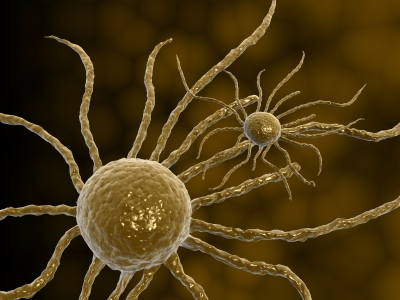
More advances in discovering anti-cancer agents
Scientists are discovering new microbial soil species that have anti-cancer and disease-fighting properties. This will prove to be an interesting new area of medical research! The number of soil microbes still waiting to be discovered and their potential in medical advancements may shock you.
Other Tiny Robots to Treat Cancer
Recently, researchers from the Singapore National University Hospital, inspired by eating crab and seafood one night, have already created a miniature crab-like robot that can remove early stomach cancer.
This mini-robot can pick up molecules as small as sand. The mini robot is mounted on an endoscope with a tiny camera attached that is then used to enter the stomach through the mouth. From there, surgeons can scope out the area, look for small tumors and remove them.
These little robots still need to be tested thoroughly in clinical trials to make sure that they are safe and can effectively treat stomach cancers at an early stage.
This work is a promising step forward towards non-invasive treatments and may prove to become mainstream before DNA nanotechnology is thoroughly worked out.
Additional References
For related medical research articles see:
Lund, K., et al. 2010. Molecular robots guided by prescriptive landscapes. Nature 465(7295): 206-10.
Gu et al. 2010. A proximity-based programmable DNA nanoscale assembly line. Nature 465(7295): 202–5.
Douglas et al. 2012. A logic-gated nanorobot for targeted transport of molecular payloads. Science 335: 831-4.


